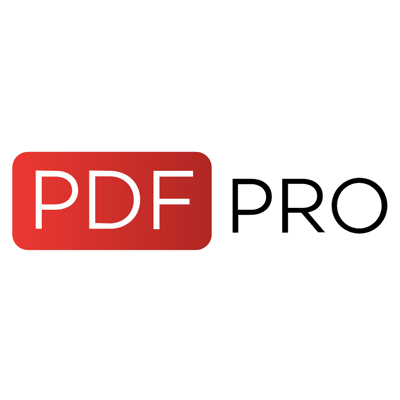Converting PDF to XML files has become increasingly popular among individuals and businesses alike. XML, short for Extensible Markup Language, offers a flexible way to store and transmit data. By converting PDF files to XML, users gain the ability to extract and manipulate data and content in a structured format. There are several reasons why you might want to convert a PDF file to XML. One common reason is the need to extract specific data from a PDF file for further analysis or integration into other systems. XML provides a standardized way to structure and organize data, making it easier to search, sort, and share information. Additionally, converting PDF to XML can enhance the accessibility and usability of the content within the file, allowing for easier navigation and presentation. Fortunately, there are numerous online converters and software tools available to convert PDF files to XML. These tools offer different features, such as batch conversion, customizable output options, and support for various PDF versions. Whether you're a researcher, developer, or business professional, finding the right PDF to XML converter can greatly enhance your workflow and productivity.
























PDF files are a widely used file format that allows for the secure and reliable distribution of electronic documents. The acronym "PDF" stands for Portable Document Format, which accurately reflects its main purpose - the ability to store and present documents in a format that can be easily viewed and printed on any device, regardless of the operating system or software used. In essence, PDF files encapsulate a complete description of a fixed-layout document, including text, images, fonts, and formatting. This means that PDF files retain the original formatting and layout, ensuring that the document looks the same on any device. Additionally, PDF files can also include interactive elements, such as clickable links, form fields, and multimedia content, making them versatile and suitable for a wide range of purposes, such as business reports, ebooks, user manuals, and more.
XML files, also known as Extensible Markup Language files, are a widely-used format for storing and transmitting structured data. XML files are text-based and use a set of predefined tags to define and organize the data within the file. These tags are enclosed in angle brackets and can be nested to represent complex data hierarchies. The use of XML files is especially prevalent in web development and software integration, as they provide a standardized way to exchange data between different systems and platforms. XML files are human-readable and can be easily understood and edited by both humans and machines. They are commonly used to store configuration settings, exchange data between different applications, and represent various types of structured information such as documents, spreadsheets, and databases.